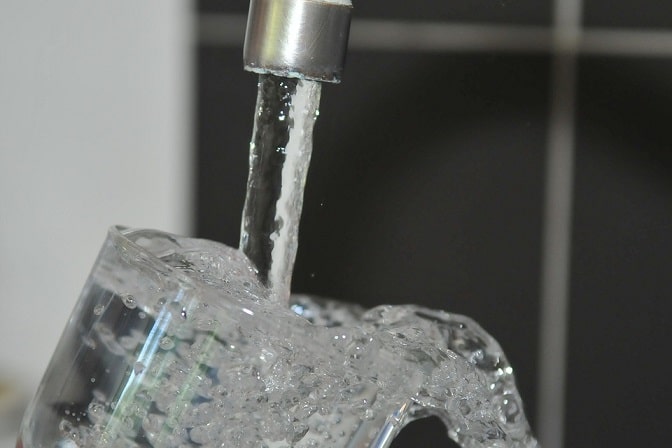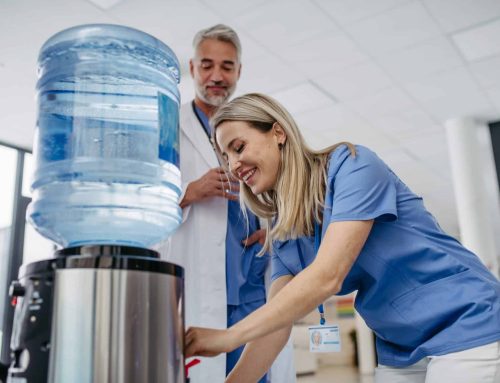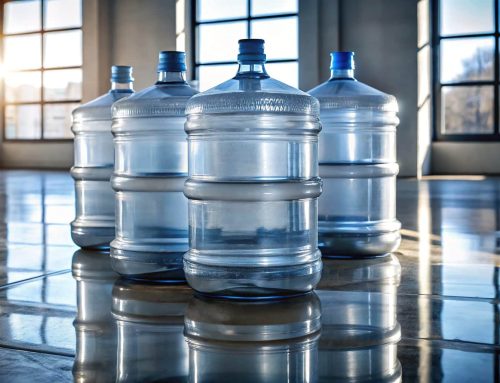If you are anything like the majority of people, you are probably thinking to yourself, “What a dumb question – of course I receive water from my tap.” However, not everyone is as fortunate as you are in this regard. Water is a scarce resource for many millions of people around the world, who must therefore obtain their water from natural sources.
In 2004, just 42 percent of people living in rural regions had access to clean drinking water, as reported by the United Nations (UN). Since then, there have been concerted efforts made on a global scale to guarantee that everyone has access to clean water and sanitary sanitation, but there is still a very long way to go before this problem has been solved.
Where do you get your water from?
The fact that you and I, along with billions of other people who live in developed countries, have the good fortune to be able to simply turn on a faucet whenever we want a drink of water, a bath, a shower, or water for washing, food preparation, or cooking, or for reasons of personal hygiene, does not apply to everyone. Many people do not have this luxury.
In Africa, many mothers and girl children are forced to walk many kilometres each day only to obtain a few litres of water for their families in order to survive. This often leads to a lack of education since young girls spend so much time fetching water that they are unable to attend school. This perpetuates the cycle of poverty because without an education they have no hope of leading a more prosperous life.
The Hamar people of Ethiopia travel enormous distances on foot in order to find water. They do this in temperatures that are excruciatingly high, which is counterproductive given how difficult it is to carry water. Because water is so heavy, transporting it over long distances in order to obtain it for consumption is not the most effective method because it causes one to perspire and become dehydrated.
When travelling to the market, the women and children of the Tubu tribe must endure a journey of approximately eight days in the desert, where temperatures can reach as high as 45 degrees. They rely on skills in navigation that have been handed down from generation to generation, and they navigate using the stars, in order to discover their one and only chance of nourishment, which is a single well along the path. They had better not forget the location of it, or else they will perish from heatstroke and dehydration.
The Samburu people of Kenya depend on the skills of wild elephants during times of water scarcity because of their amazing ability to detect underground water. The Samburu people take what they need from the shallow wells that the elephants leave behind after drinking their fill of water after the elephants have finished drinking their water supply. The Samburu believe that no living thing should perish in anguish due to a lack of water, and in order to show their gratitude to the elephants for bringing water to their settlements, they fill up troughs for them to drink from.
The people who live in the Atacama Desert in Chile, on the other hand, wait for the water to come to them. The wind that blows across the Pacific Ocean pulls water from the sea into a dense fog, which then moves over the coastline and is caught by the lichen that grows on the cacti there. This fog then condenses into water, which the animals drink. The locals took their inspiration from this event and set up large nets along the hills that trap the fog as it rolls across the desert. The water that is captured then flows via pipelines that were set up to give life-giving water to the settlements that are located below the hills.
Living-Water, located in London, is the place to go to purchase a water cooler. Free water cooler site evaluation and testing is also included in the trial period.






